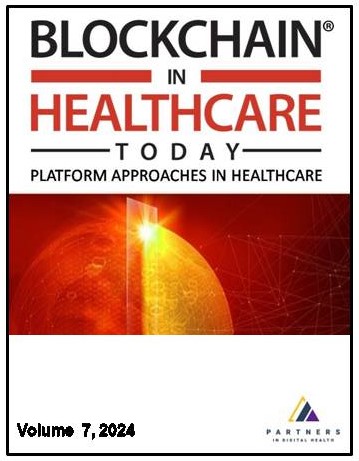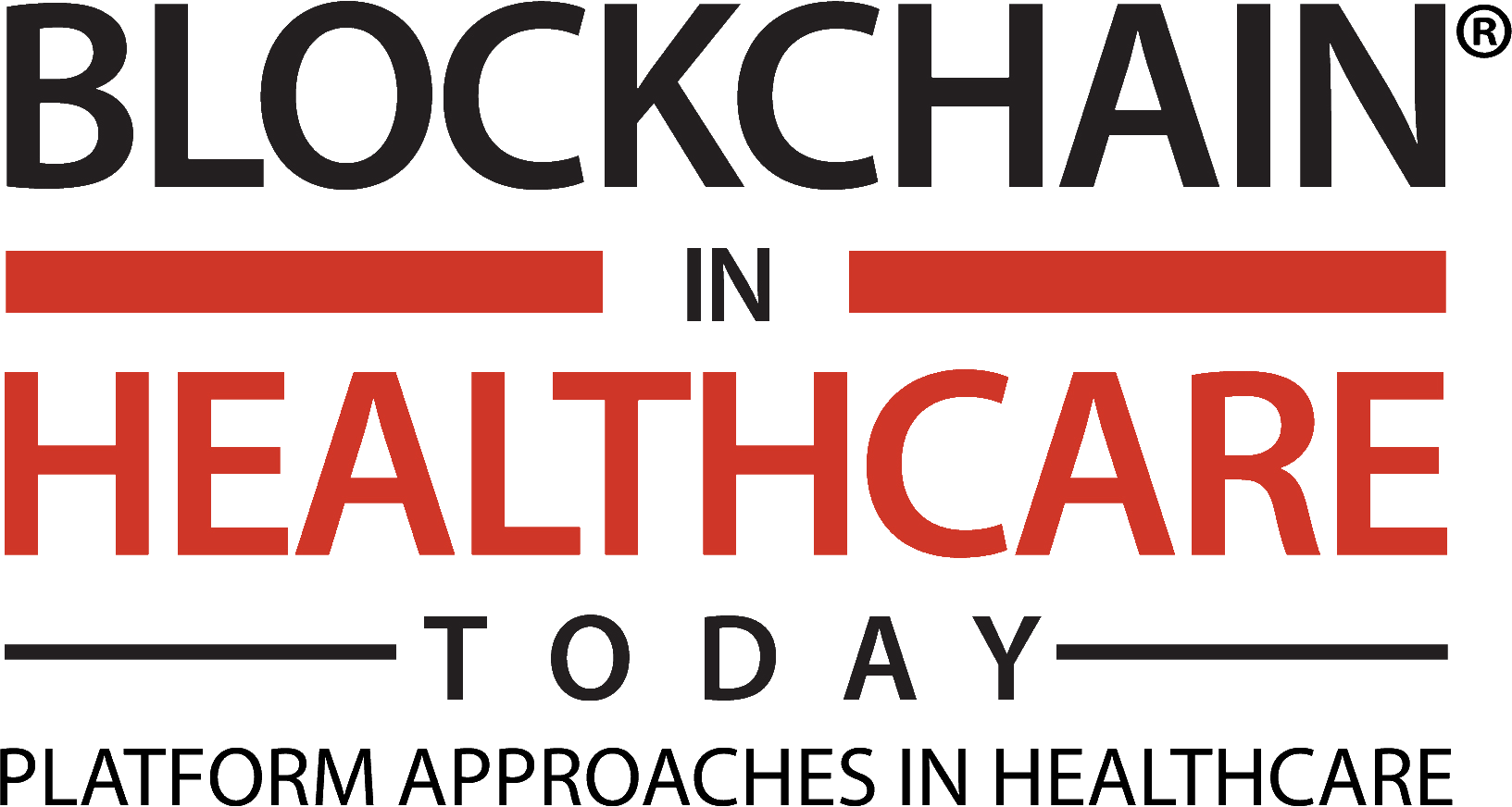
More articles from Volume 7, Issue 2, 2024
Soulbound Tokens: Enabler for Privacy-Aware and Decentralized Authentication Mechanism in Medical Data Storage
Creating a Health Data Marketplace for the Digital Health Era
Model Complexity Reduction for ZKML Healthcare Applications: Privacy Protection and Inference Optimization for ZKML Applications—A Reference Implementation With Synthetic ICHOM Dataset
My Holistic Data Share: A WEB3 Data Share Application: Extending Beyond Finance to Privacy-Protected Decentralized Share of Multi-Dimensional Data to Enhance Global Healthcare
Blockchain's Transformative Potential in Healthcare
Article views
Model Complexity Reduction for ZKML Healthcare Applications: Privacy Protection and Inference Optimization for ZKML Applications—A Reference Implementation With Synthetic ICHOM Dataset

GuardianMedx , Las Vegas, Nevada
Abstract
Web 3.0 represents the next significant evolution of the internet that embodies the underlying decentralized network architectures, distributed ledgers, and advanced AI capabilities. Though the technologies are maturing rapidly, considerable barriers exist to high-scale adoption. The author discusses the barriers and the mitigations through specific technologies maturing to solve those issues in an earlier paper titled Moving Beyond POCs and Pilots, published in 2023 in Blockchain in Healthcare Today. These include privacy-preserving technologies, off-chain and on-chain design optimizations, and the multi-dimensional approach needed in planning and adopting these technologies. As an extension, this paper discusses one such enabler, zero knowledge machine learning (ZKML), which merges two streams of technology in unique ways to address problems in privacy and the cost of inference. Zero-knowledge proofs (ZKP) allow one party to prove the validity of a statement to another party without revealing any additional information about the statement itself. The ZKML combines the cryptographic principle of ZKP with machine learning (ML) techniques. It is still a maturing technology and needs baselines for applications in global healthcare. In this effort, the authors conceptualize the technical and operational fea-sibility of using ZKML and implement a reference healthcare implementation using the synthetic International Consortium for Health Outcomes Measurement (ICHOM) in the evaluation phase in a global healthcare setting for high-volume data collection, including patient-reported outcomes. Model complexity reduction is researched and reported for the ICHOM diabetes dataset to advance the usage of ML models in global standards of health-care data collection in network decentralized architectures for increased data protection and efficiencies.
Keywords
References
Citation
Copyright
This is an open access article distributed under the Creative Commons Attribution License which permits unrestricted use, distribution, and reproduction in any medium, provided the original work is properly cited.
Article metrics
The statements, opinions and data contained in the journal are solely those of the individual authors and contributors and not of the publisher and the editor(s). We stay neutral with regard to jurisdictional claims in published maps and institutional affiliations.

